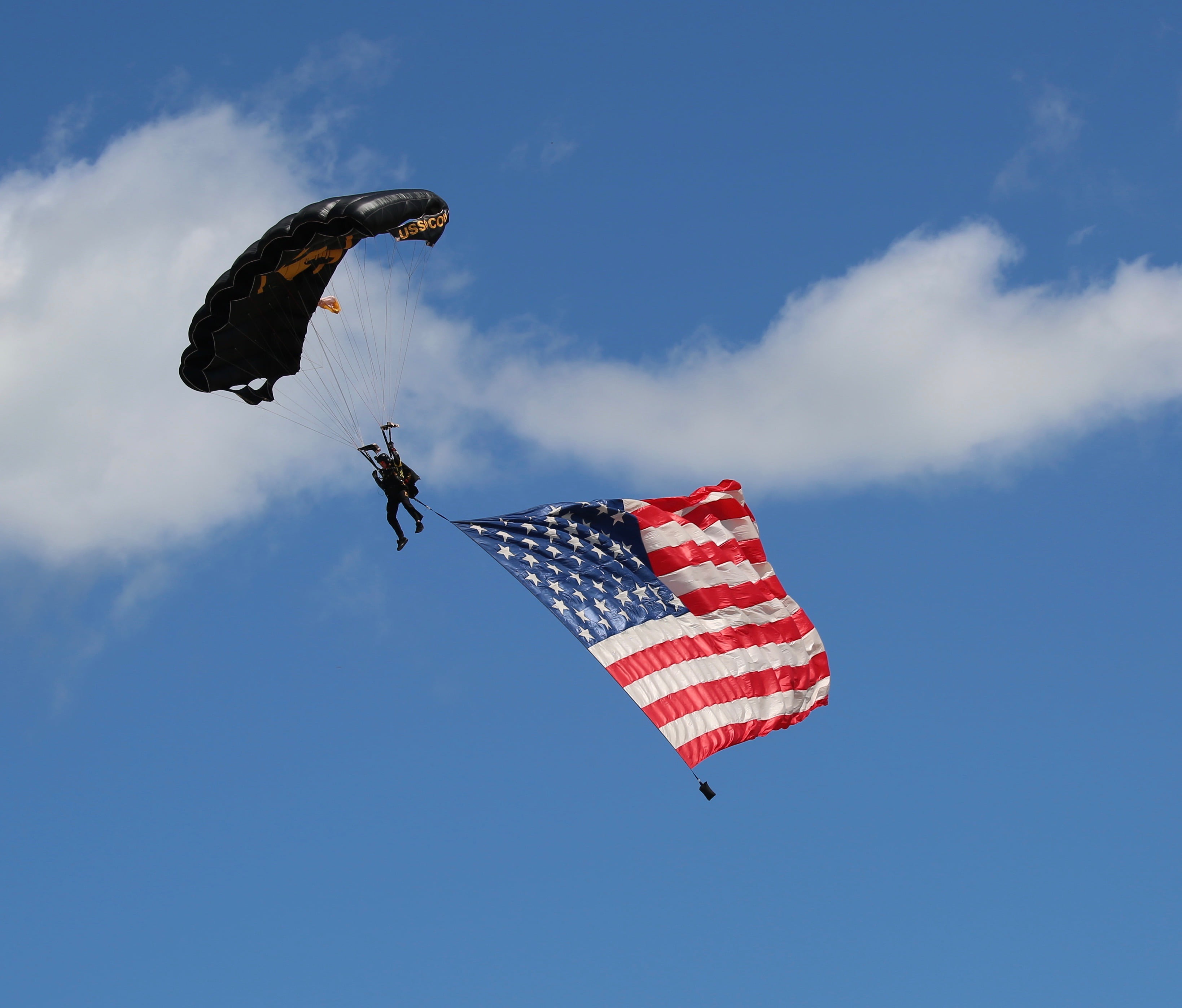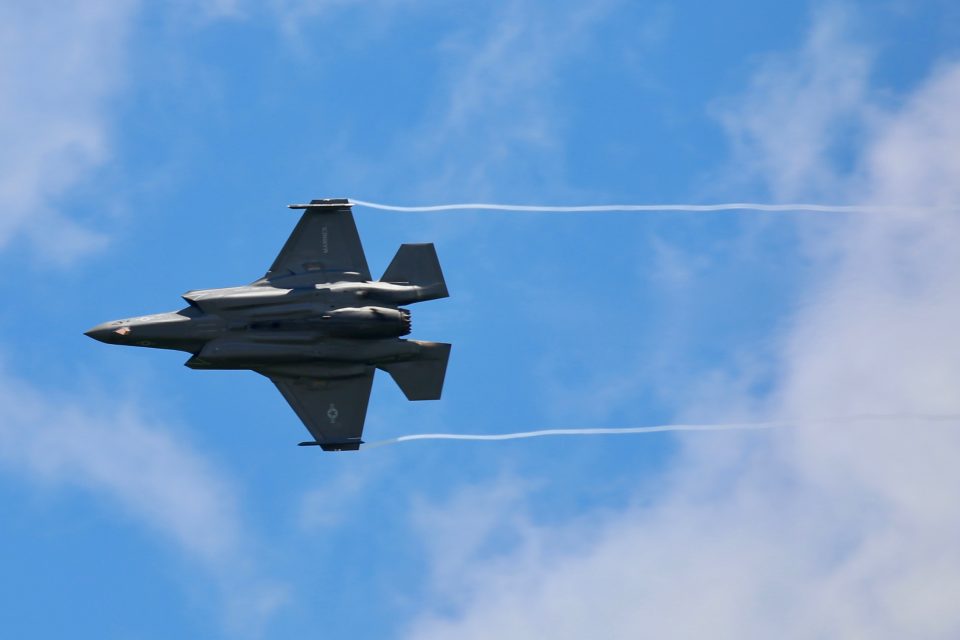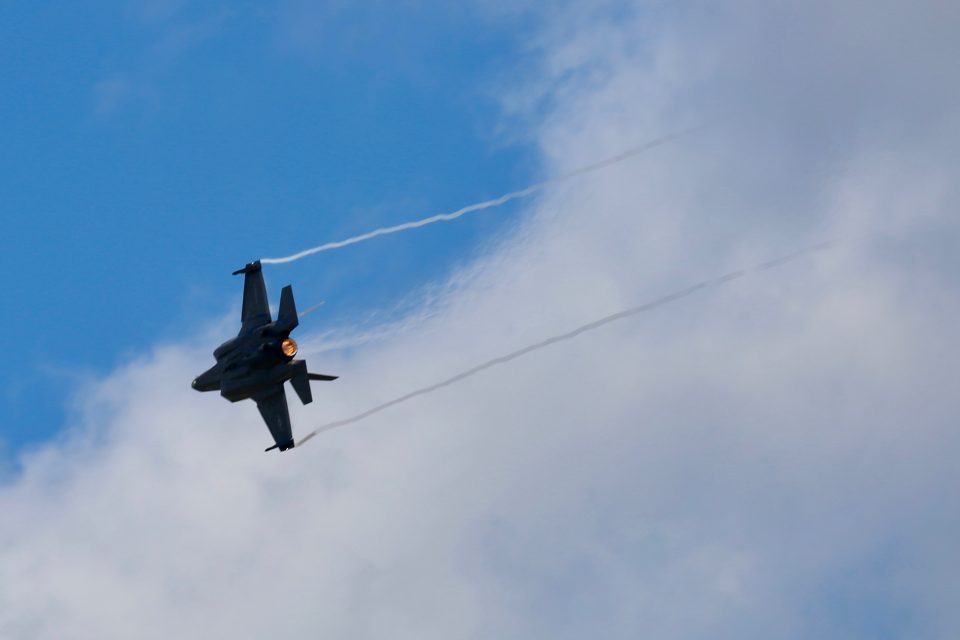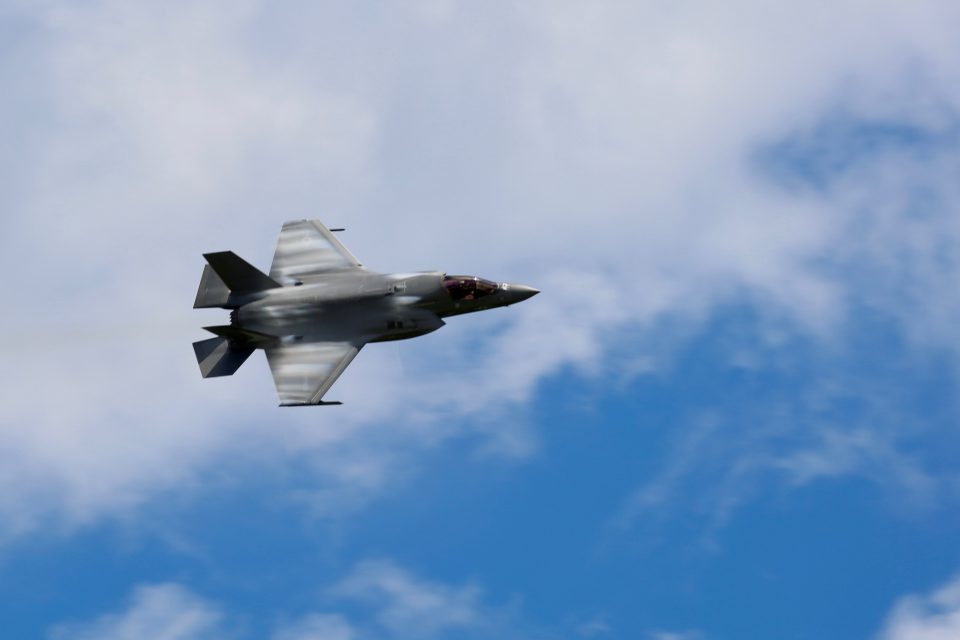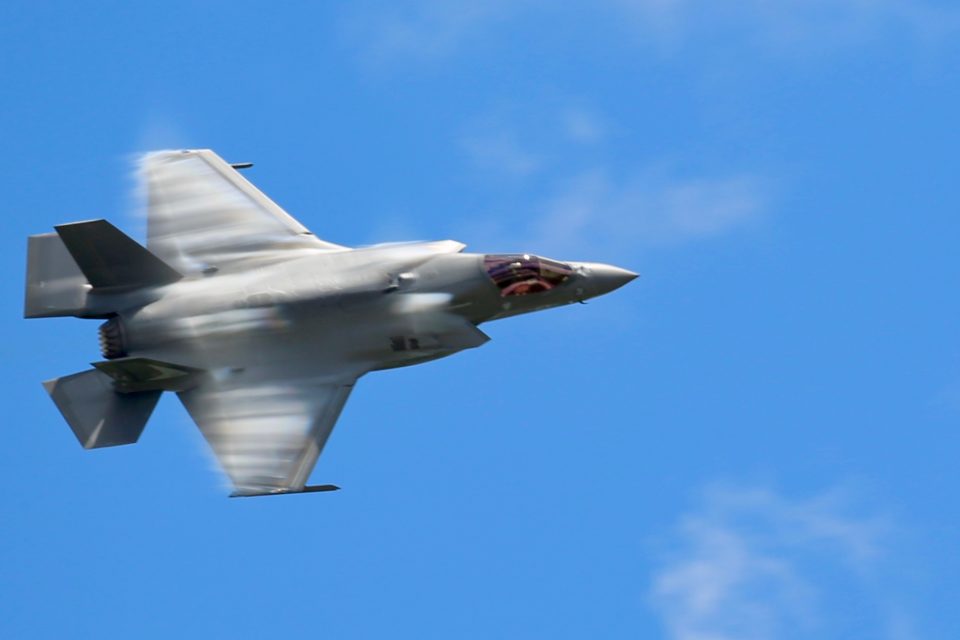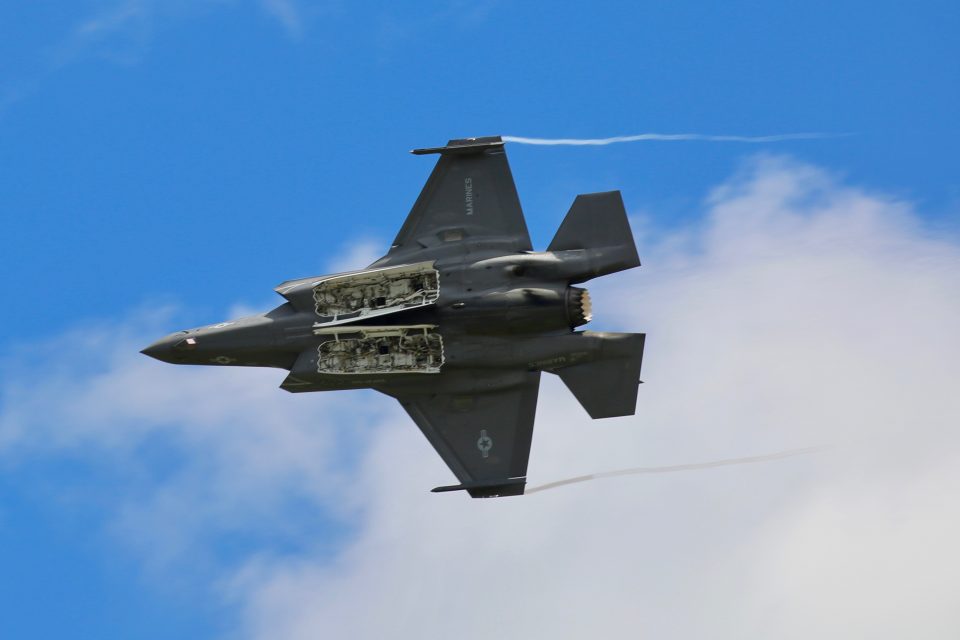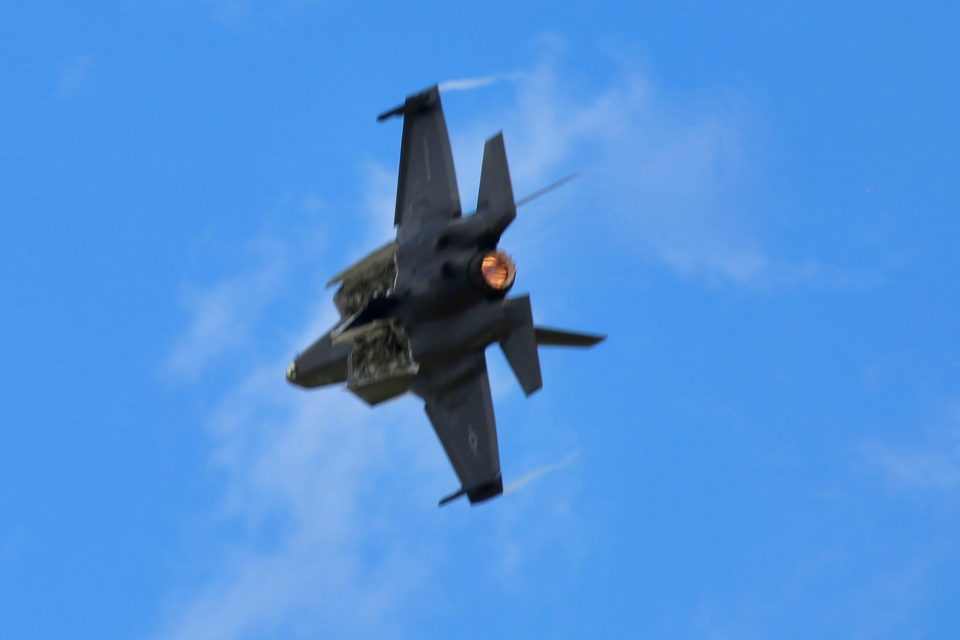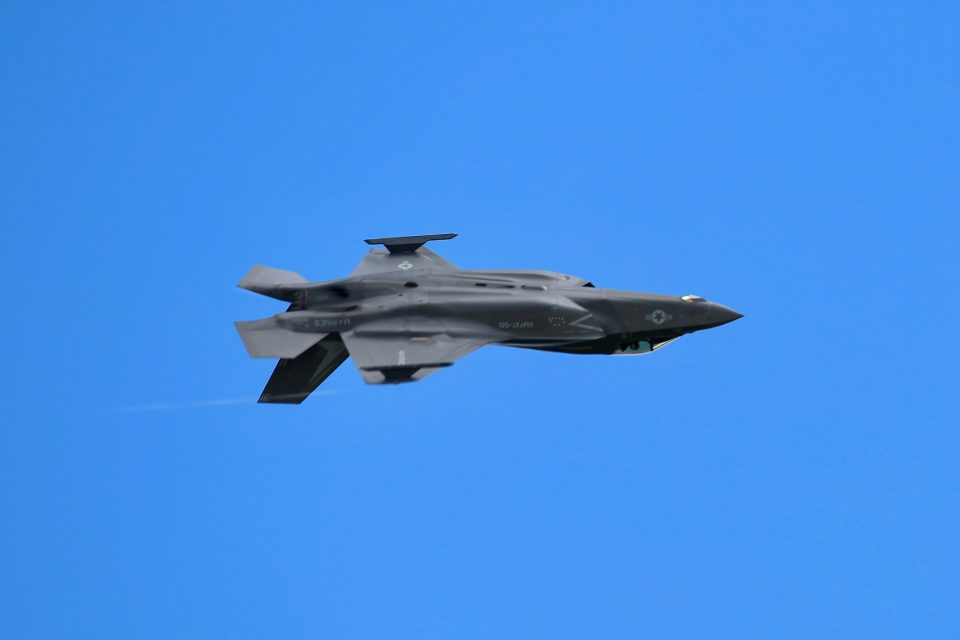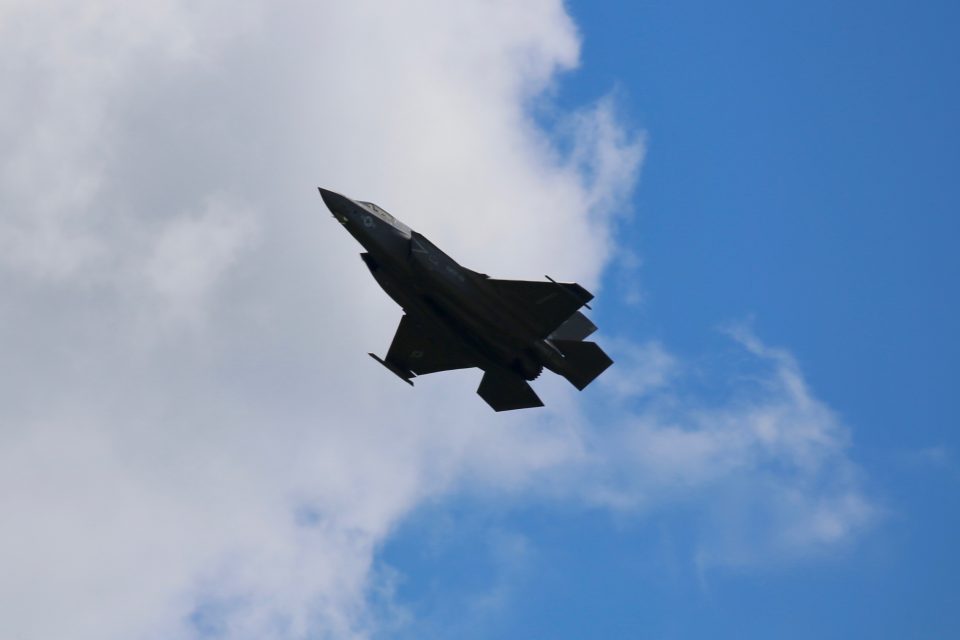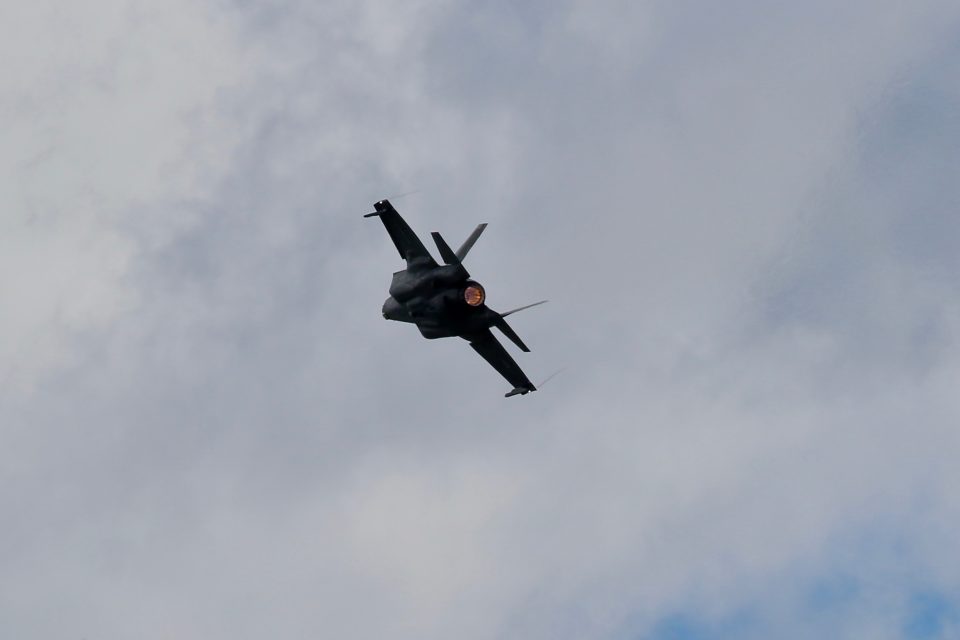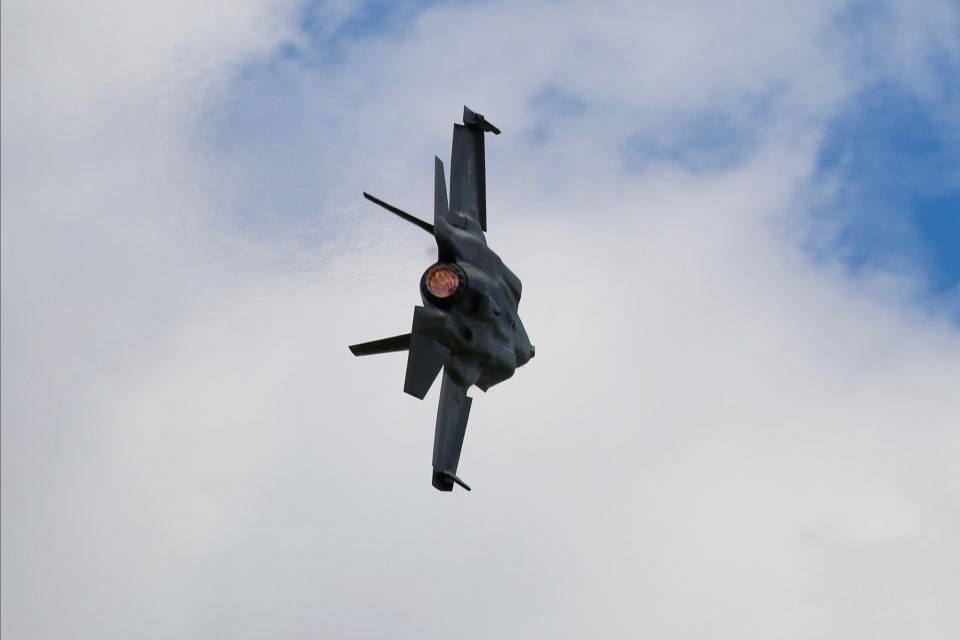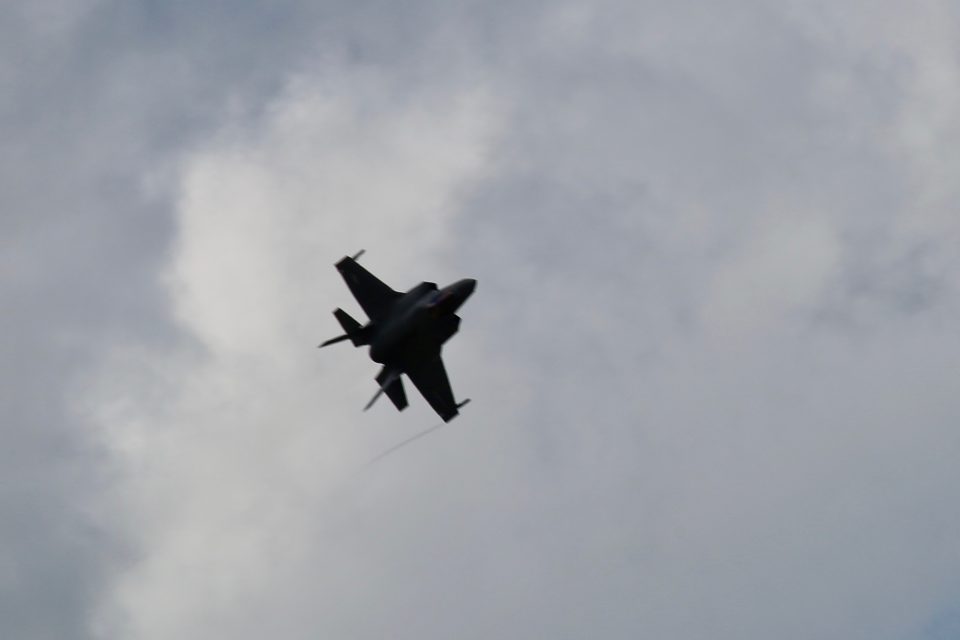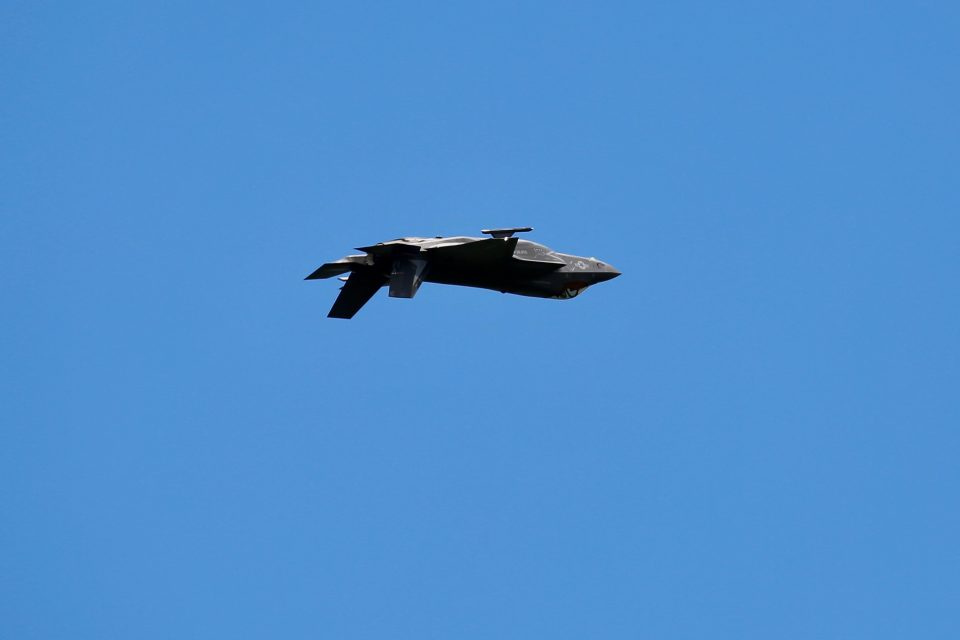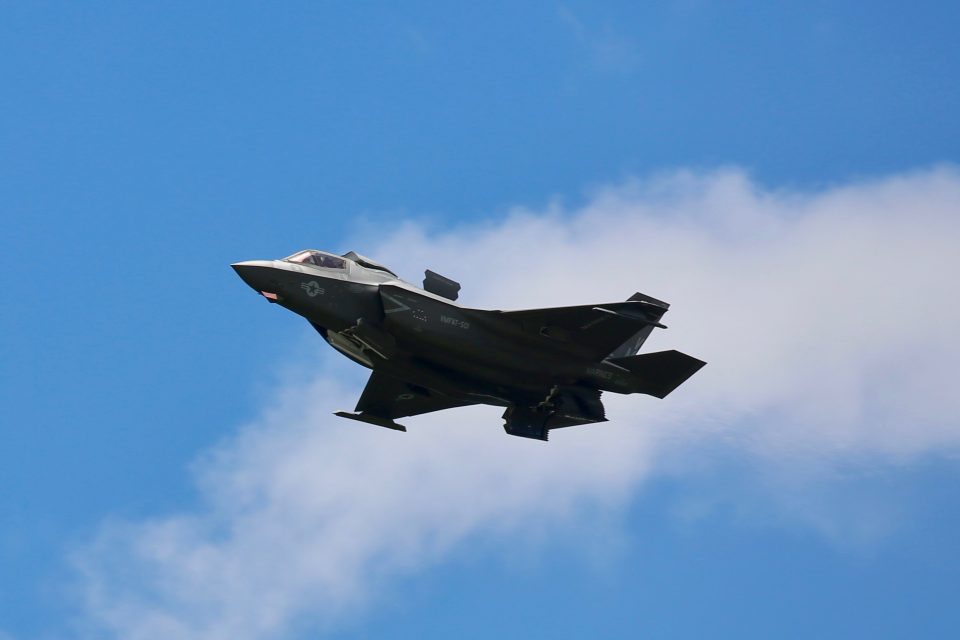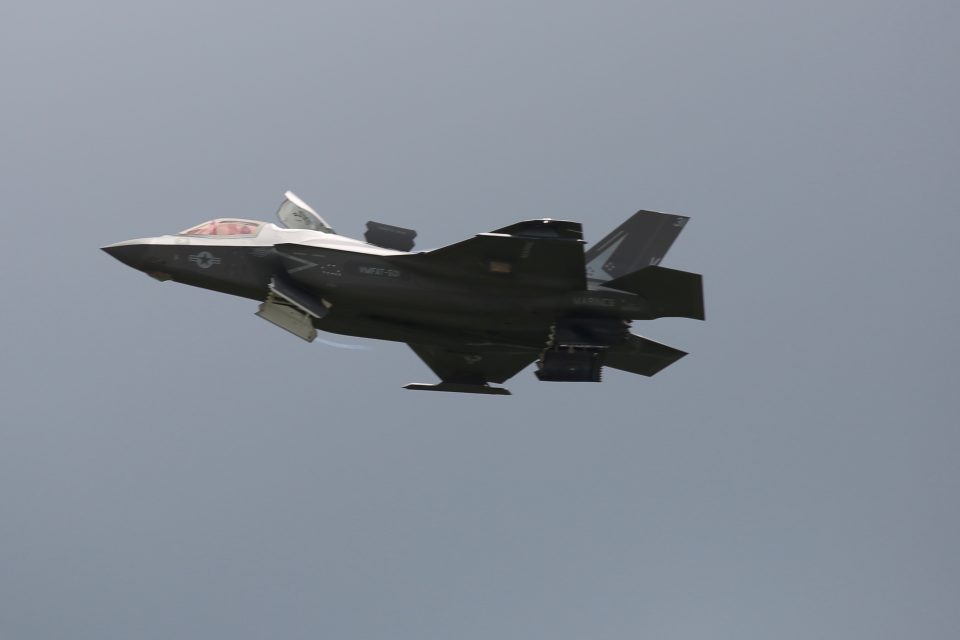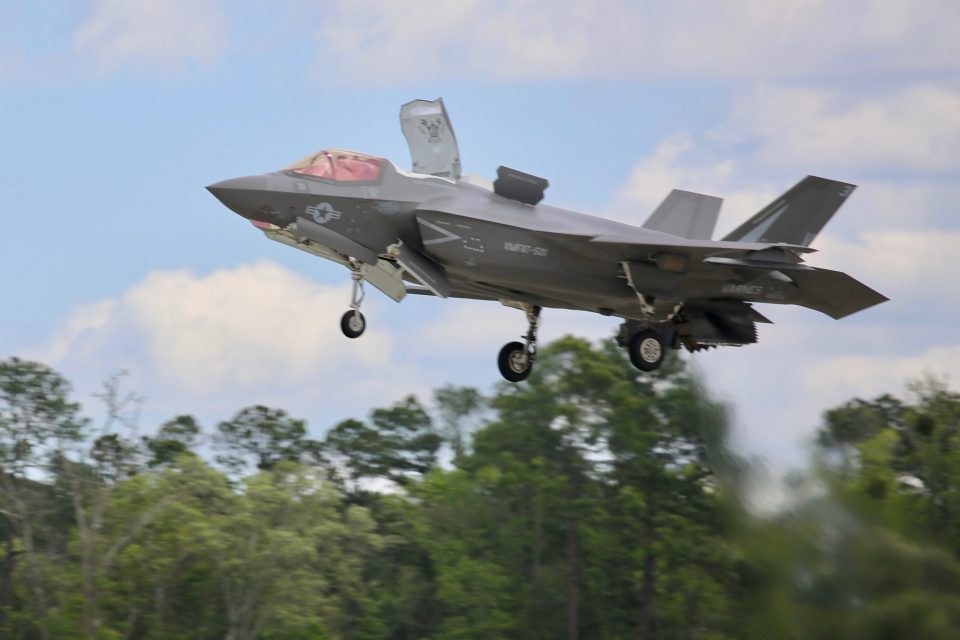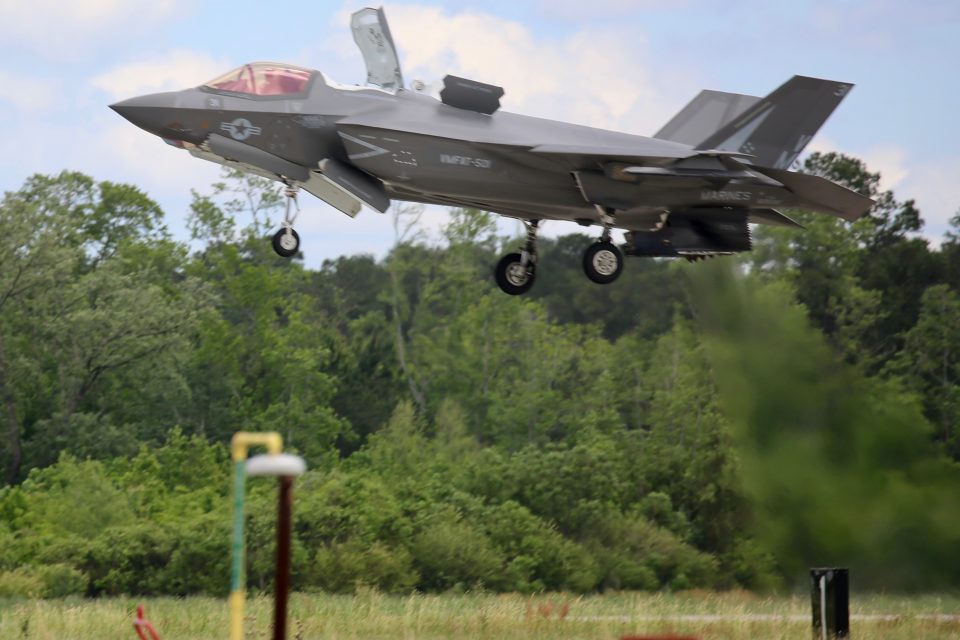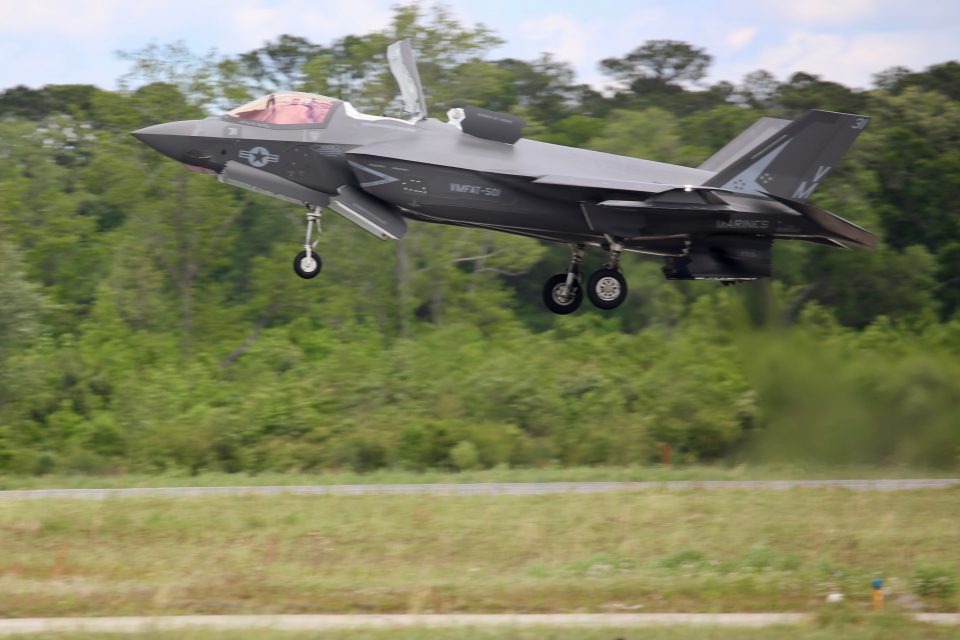By Robbin Laird
During my most recent visit to 2ndMarine Air Wing, I had a chance to visit MCAS Beaufort and meet with Lt. Col. Adam Levine, the CO of VMFAT-501, otherwise known as the Warlords.
As the base was busy for the airshow being held the weekend of the 26thof April, the CO graciously provided some time for an update on the USMC training efforts and shaping the pipeline for the training aspect of the fast jet transition in the Marine Corps.
I first dealt with the Marines getting ready for F-35 as Eglin stood up the first training efforts.
My guide to those efforts, was Col. “Turbo” Tomasetti.
Then when the Warlords were first set up at Eglin, the CO was a Marine which I knew from his F-22 flying days, Lt. Col. Berke. The Marines have had a very significant impact on the global standup of the F-35, both because they were the first to IOC the aircraft, and because the kind of integration which the Marines embody is very similar to what the smaller Air Forces of partners and allies seek from their F-35s.
My visit to Lt. Col Berke occurred during a visit of Secretary Wynne to Eglin in 2013.
And Lt. Col. Berke has embodied the impact of the Marines on the partners for he appeared at the Williams Seminar in 2014 in Canberra, Australia which highlighted fifth generation aircraft in the context of Australian defense transformation and then in the 2015 Williams Foundation Seminar in Denmark where the same opportunity to speak and to shape understanding of the fifth gen revolution for allies was highlighted.
Then in 2015, we visited Beaufort shortly after the warlords had transitioned to Beaufort from Eglin.
I later met members of the Warlords onboard the USS Wasp during sea trials.
But I have not been back to Beaufort for four years, and the Marines have been busy ramping up their training efforts during that period.
Lt. Col. Levine provided a comprehenseive update on those efforts.
It was obvious from the flight line that more planes, pilots and maintainers were populating the base since I was last there.
It is also clear from discussions with the CO that Ed Timperlake’s forecast that the squadron pilots and the squadrons using the F-35s would drive the process of innovation, not the inside the beltway cubical commandos.
And that innovation is being driven in part by a learning cycle from the operational squadrons back to the training command.
The CO highlighted that as the operational squadrons gained experience in executing the various missions in which the aircraft is involved that operational learning was being brought back to the training effort and providing greater accuracy with regard to the demand side but also the training effort was able to work better training for preparing for operational missions.

The command has obviously scaled up since the last time I was there with more than 100 pilots trained and with the standing up of the second training squadron at Beaufort over the next few months, that scaling up would be accelerated as well.
The challenge is a significant one as the USMC will transition from their legacy force to an all F-35 one within the next two decades and the task of the training squadrons will be to train the “newbies” and the experienced pilots from legacy aircraft to fly and operate the F-35.
The training cycle is eight months during which the pilots learn to fly the new jet and then to take the jet through its paces with regard to variety of missions for which the Marines use their fast jets.
When I was last there, no “newbies” were present; only experienced pilots.
Now the “newbies” are the majority of pilot trainees.
I asked the CO who is an experienced Hornet pilot how the two cohorts experience was different. It must be remembered that heart of fifth gen aviation is a man-machine revolution, where the pilot is getting comfortable with the performance of his aircraft generating data providing situational awareness and the pilot interacting with his screens while operating the aircraft.
He made the point that the “newbies” had never experienced the much more pilot intensive processing of data which legacy pilots do, expected their machines to work in ways that could facilitate what they wanted to do, but to do them faster.
In other words, they already assumed the new baseline of man-machine interaction and wanted that interaction to speed up.
The pilots of legacy pilots had much more appreciation of the fact that the F-35 was working from a very different baseline than their legacy jets did.
The training of the two cohorts was handled a bit differently as the more experienced combat pilots could do more training in the simulators with the “newbies” doing more time in the cockpit.
I wanted to discuss with the CO the challenge of training with regard to a software upgradeable aircraft.
I have discussed this challenge with regard to other software upgradeable aircraft, in Williamtown Airbase with the RAAF and the P-8 with Jax Navy.
Put simply, the advantage of the software upgradeable aircraft is that the historical type/model/series understanding of an aircraft now transitions the type by the software enabled combat systems on board and which variant is onboard the particular aircraft or squadron of aircraft.
This is the concurrency issue, which is built into a software upgrade process, although the defense press has incorrectly only identified this challenge with that of the F-35.
Not a surprise because they IOCd first and to the operational impacts from operating these aircraft in the Pacific and are transitioning their initial 2B software jets to 3F and this transition requires both a hardware and software upgrade.
What this means that the training command will certainly operate the early software versions of the aircraft as the Marines are pushing the 3F version to the operational squadrons.
But what this means is that pilots in the training process need to become familiar with both variants of the aircraft and understand the interaction of the two.
This is not a bad thing because in the operational world they will need to work with aircraft operating globally which are at various software levels, both with regard to services and partners.
Lt Col Levine has been flying the F-35 for more than seven years and has witnessed first-hand the software roadmap taking shape from block 1A through 3F.
He underscored that the evolution onboard the Hornets flown by the Marines compared to flying the early variants of the F-35 did not demonstrate the generational differences which now are evident with the 3F.
“There is simply no comparison between a 3F F-35 and a legacy aircraft.
“They are in different worlds”
The Marines at Beaufort have and are working closely with allies.
The Brits stood up their training at Beaufort and have jets, pilots and maintainers working with the squadron until this summer.
Now the training squadron is being stood up at RAF Marham, and the RAF and Royal Navy will train there.
But with the departure of the Brits, the Italians are coming next and will train for the next couple of years before their carrier comes to the US for final certifications in a couple of years.
And with the Japanese and Singaporeans likely to become F-35B users one might assume that they will learn of the charm of this lovely Southern city as well.
If you are in the F-35 program, you can decide to change the mix of variants, and I would not be surprised to see partners starting to add Bs to the mix, given its inherent basing advantage in a world where mobile basing is clearly becoming a strategic requirement.
The photos are from the 2019 Beaufort Air Show and are credited to Second Line of Defense.
The 2019 Beaufort MCAS Airshow: The Warlords and the Latest F-35 on Display
Editor’s Note: We are posting a retrospective on the Warlords from Eglin to MCAS Beaufort with 14 segments in the series to be caped by a single PDF Special Report.
We have begun with the first three pieces to date:
Warlords Series 1: Turbo Tomassetti Looks Back at His Career and the Way Ahead for the F-35


